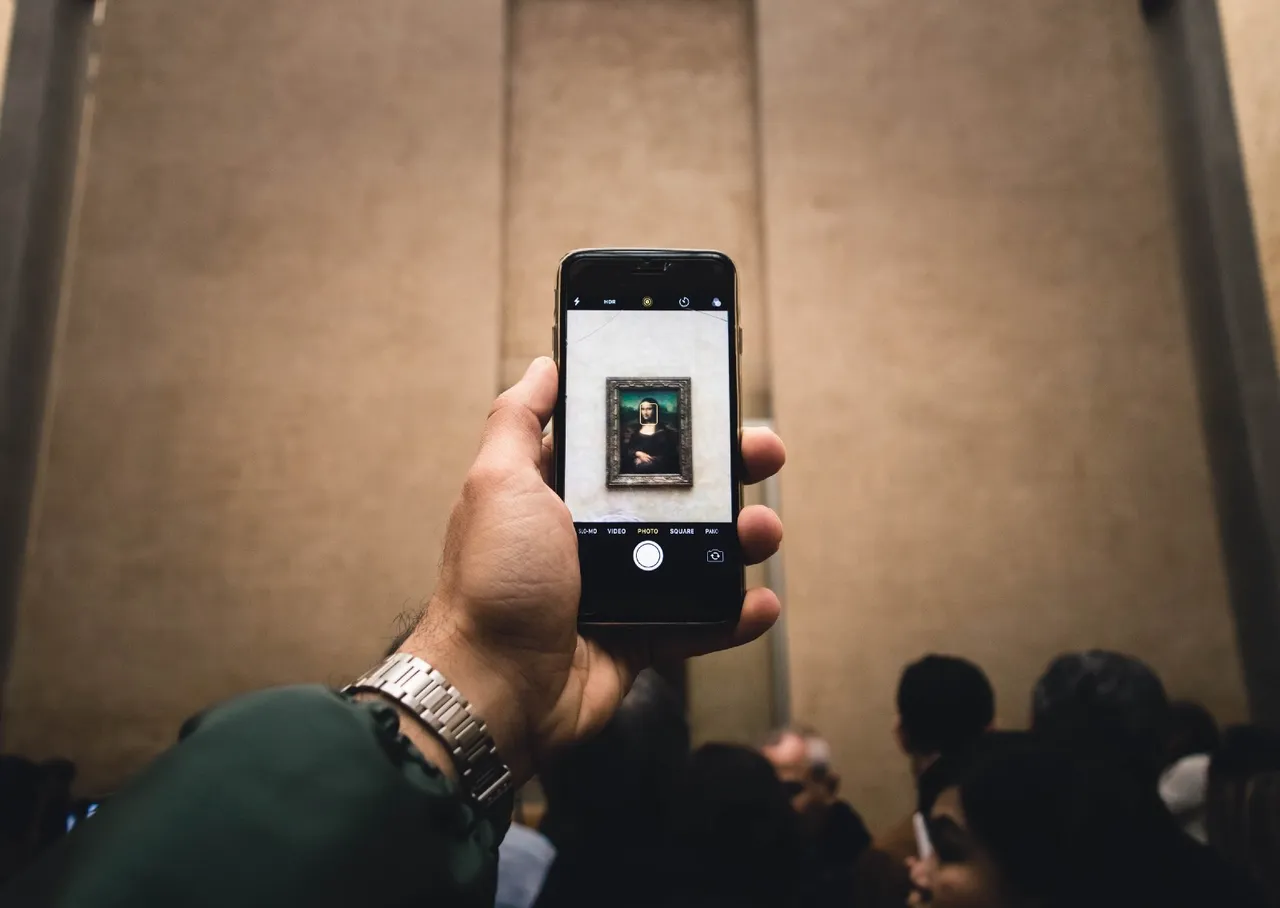
Since the birth of artistic production, the demand for masterpieces has surged while the supply has been scarce. These market dynamics have largely been reflected in commercial transactions as well: the value of art has in fact increased exponentially while counterfeiting has become a profitable business model to satisfy residual demand.
All this is made possible by the fact that in art, it is difficult to distinguish authenticity from fraud. Knowledge and attention for detail in replicating, can be developed to the extent that even the most reputable pundits can be bluffed. This human error results in a high percentage of the paintings stocked in private collections, galleries and museums around the world, being actually inauthentic. And this phenomenon is certainly not a thing of the past: despite the technological advances in analyzing the origin of canvases, 2016 was coined “the year of the fake” due to the high amounts of authenticity disputes.
Blockchain technology has the potential to overhaul this.
The creation of an immutable shared database (also known as ledger) that guarantees authorship and tracks the precise movement of assets can remove the overwhelming opacity around the origin and traceability of artwork. Such information includes the anagraphics of the painting, the details on the exhibitions and galleries it has been exposed in and in which auction houses it has previously been exchanged: in short, the blockchain will store and update the DNA of the art piece and, as such, will contribute to fostering a bond between the owner and the painting.
And if we extend traceability from provenance to asset pricing, through the ledger, interested parties will have an overview of both movements and prices, thus reducing the risk of overvaluation due to information asymmetries between buyers and sellers.
Having access to this fundamental information, even those of us who are not art experts will be able to make an informed and sound offer.
Deloitte: Blockchain and its effects on traceability in the art market
In addition, since blockchain eliminates the need for intermediaries, the risk of overpricing is further reduced. In fact, art exchanges are often mediated by third parties who demand hefty fees and have, in some cases, abused of their superior understanding of art to elevate prices or sell counterfeit masterpieces.
It is evident that the true potential of blockchain is to bring transparency and democracy in an industry that has always been inaccessible, not only due to the exorbitant pricing but mostly for the lack of knowledge residing on the side of the general public who don’t feel knowledgeable enough to participate in this still obscure market.
Beyond the benefits engendered by the technology itself, Tend aims to accentuate the democratization aspect through the concept of co-ownership: owning art will no longer require hefty capital sums, as the cost will be shared among a small group of people through a legally binding smart contract. And while maintenance and logistics are taken care of by the company, the co-owner of the asset can enjoy it with family and friends while watching its value grow.
TEND’s mission is therefore to leverage blockchain technology to overhaul what are known to be the flaws of the art market: traceability, knowledgeability and the empowerment of underserved customers.
If you want to keep up with our latest progress please: